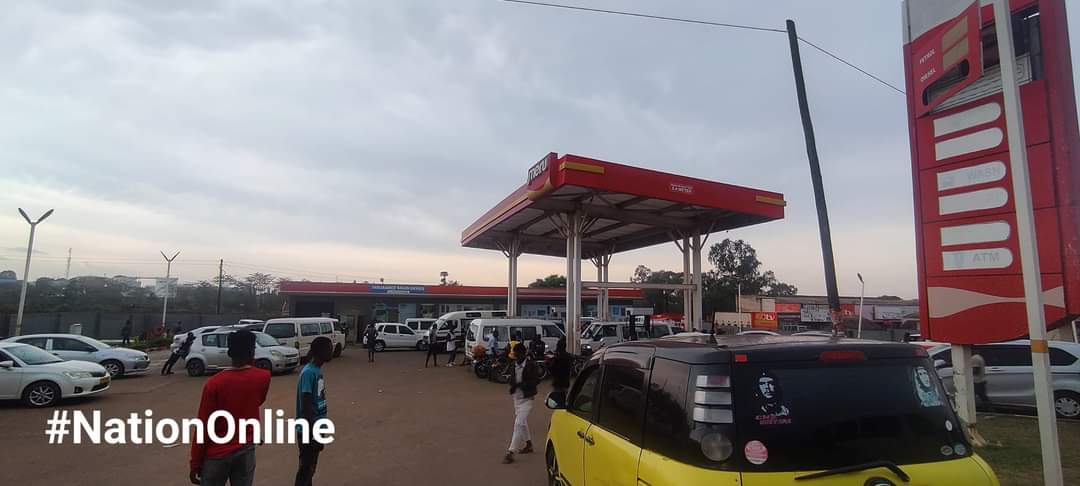By Burnett Munthali
For two consecutive days, the Meru Filling Station near the railway bridge in Area 49, Lilongwe, has been unusually quiet—an unsettling contrast to its typical bustle. Instead of the usual activity, the station has become a gathering point for frustrated residents and motorists grappling with the crippling fuel shortage.
Long queues of vehicles, many abandoned by their owners, stretch beyond sight, painting a stark picture of a crisis that has brought daily life to a standstill.
“This is crippling us! How can we survive when there’s no fuel for days?” lamented a minibus driver, his voice heavy with frustration as he gestured helplessly toward his empty tank. Like many others, his livelihood depends on fuel—a resource that now feels as elusive as ever.
The fuel crisis has not only halted transportation but has also turned the roads near the station into chaotic bottlenecks. The railway bridge, a vital connection point for several neighborhoods, has become almost impassable. Angry crowds and idle vehicles occupy every inch of space, further compounding the frustrations of residents and commuters.
Nearby, the situation at the Area 49 Puma Filling Station mirrors the chaos at Meru. The road leading to the station is completely blocked, with no relief in sight for the desperate motorists.
The struggles in Area 49 are not isolated. Across Malawi, the fuel crisis continues to worsen, disrupting daily routines, business operations, and essential services. With no tangible solutions in sight, citizens are left grappling with uncertainty, waiting in endless queues and facing mounting economic pressures.
The effects of the fuel shortage are far-reaching, impacting lives in different ways. How has the crisis affected you? Share your experiences and insights as we navigate this challenging time together.
The hope for a resolution remains, but until then, the voices of those affected must be heard to highlight the urgency of addressing this national crisis.


